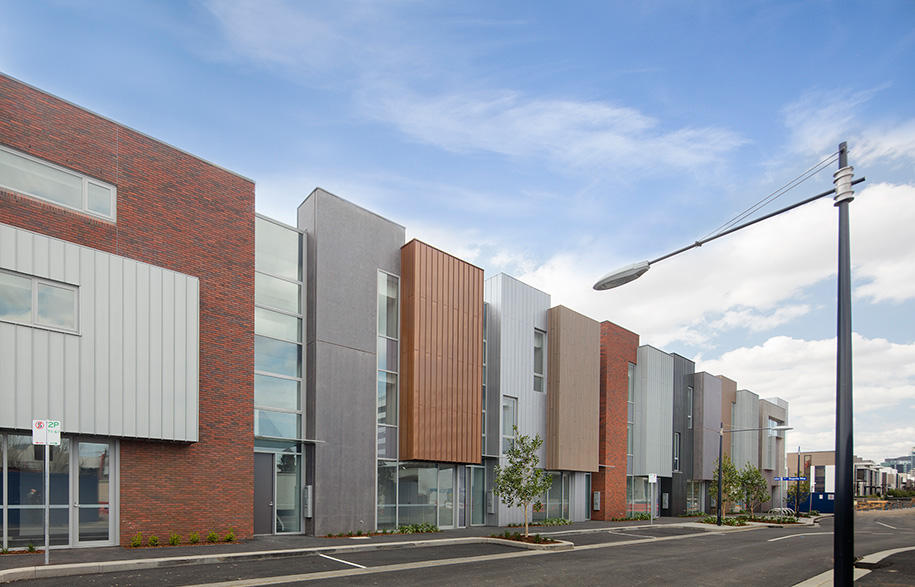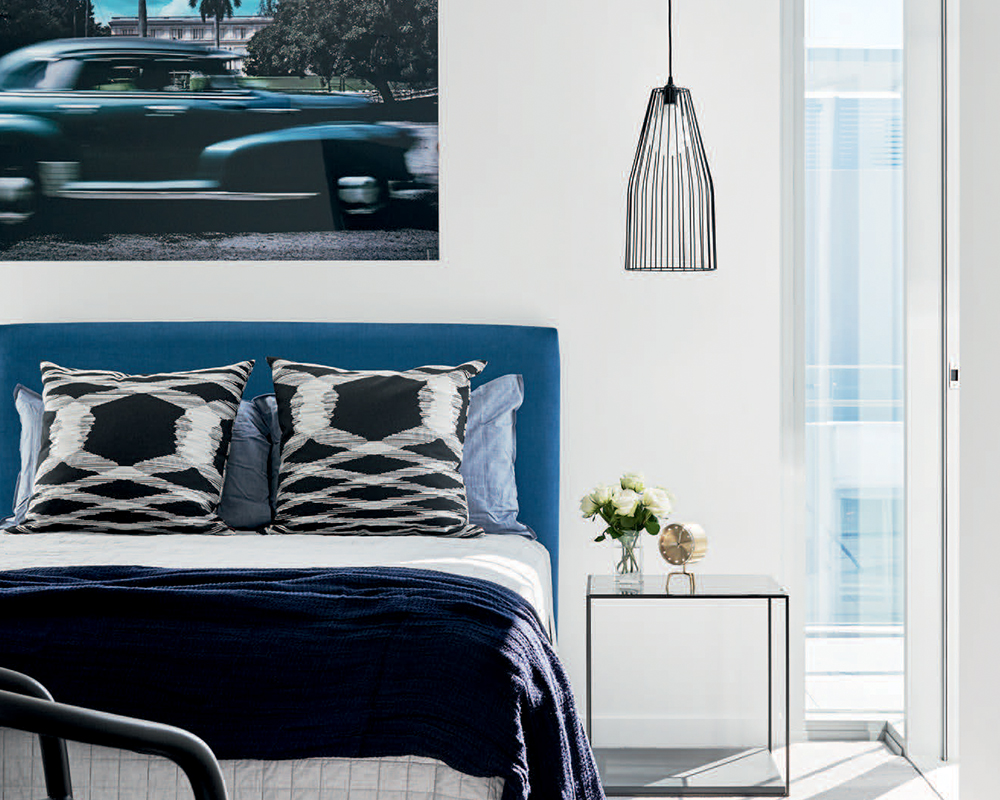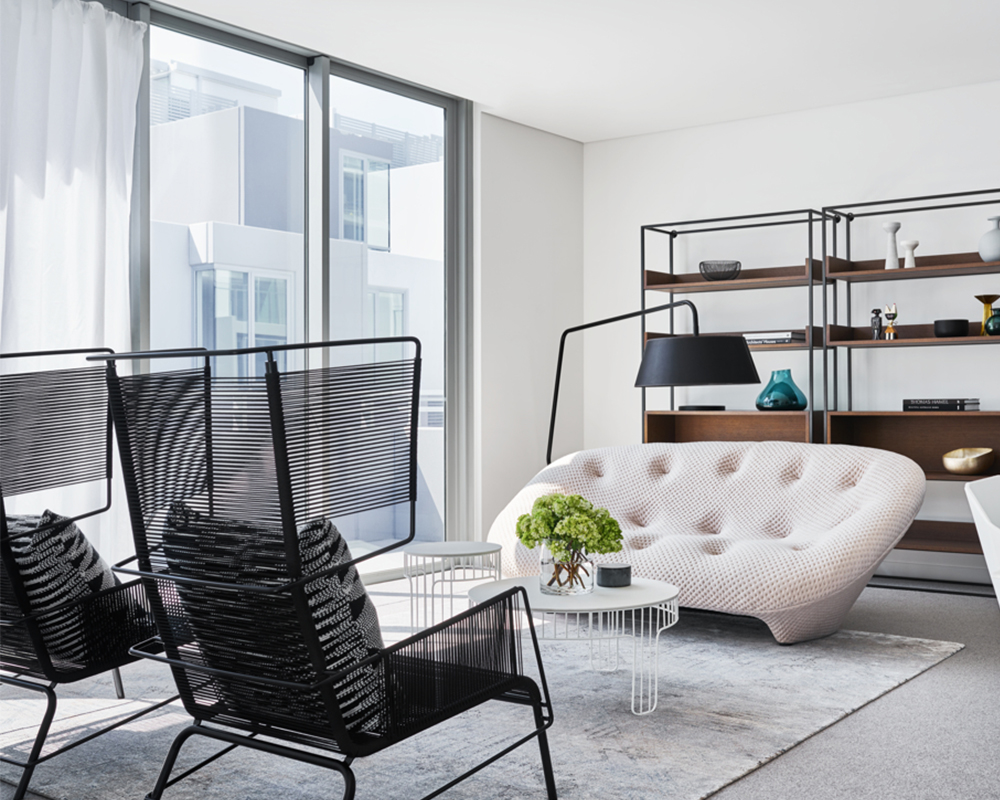

The Melbourne development that lets you play where you work and work where you live
Mixed-use precincts are steadily gaining in popularity, but for the most part, the term still refers to single-use buildings that have a high degree of communal spaces incorporated into the design.
Mixed-use precincts are steadily gaining in popularity, but for the most part, the term still refers to single-use buildings – whether commercial or residential – that have a high degree of communal spaces incorporated into the design.
Cargo Homes is taking this concept one step further, as an environment that supports living, working and playing. While this type of development comes with its obvious benefits, such as a vastly reduced commute time, it also has some inherent risks. For instance, a blurring of the line between home and office, which in turn risks a low level of resident quality of life.
To sidestep this latter risk, Mirvac – the firm behind Cargo Homes – have incorporated areas that are designed for distraction, and others that are designed for relaxation.

As well as targeting residents looking for a low-maintenance lifestyle, Cargo Homes has been designed to attract small business owners who can’t afford to operate in larger commercial buildings, but who appreciate well-designed spaces.
In terms of residential offerings, Cargo Homes contains seven homes that are between three and four bedrooms. Within these, office space is contained on the lower levels, while upper levels provide designated living space. However, plans are designed to be flexible, and cater to different sets of requirements.


Cargo Homes sits within the Wharf’s Entrance precinct at Yarra’s Edge. The name of the development is itself a reference to the heritage of Melbourne’s waterfront, but the robust façade is the true hero when it comes to expressing the design’s sensitivity to context.
“The materials are designed to reference the site’s heritage, with a textural organic rawness juxtaposed against more modern finishes of steel and glass,” says Michael Wiener, the design director at Mirvac.
A material palette of brick, zinc, copper, raw concrete and timber references the area’s industrial past, and creates a robust frontage for the multi-use development. The building’s muscular appearance also allows it to hold its own in a context of towering residential developments. Cargo sits alongside a $200-million, 30-storey residential tower complex called Forge, which was the first stage of the Wharf’s Entrance precinct redevelopment project.
Internally, the design has a similar bent towards minimalism, but opts more for contemporaneity than industrialism. The bathrooms, for instance, feature vitrified flooring and full-height wall tiles, while kitchens are fitted with reconstituted stone benchtops and SMEG appliances. Office spaces are equipped with their own kitchenette, providing further distinction between work and play.



